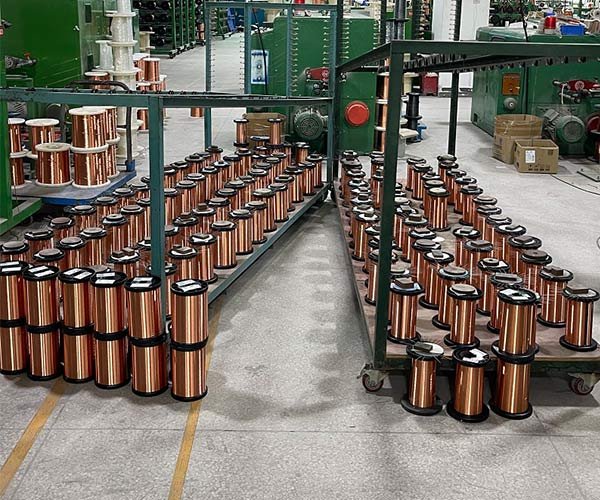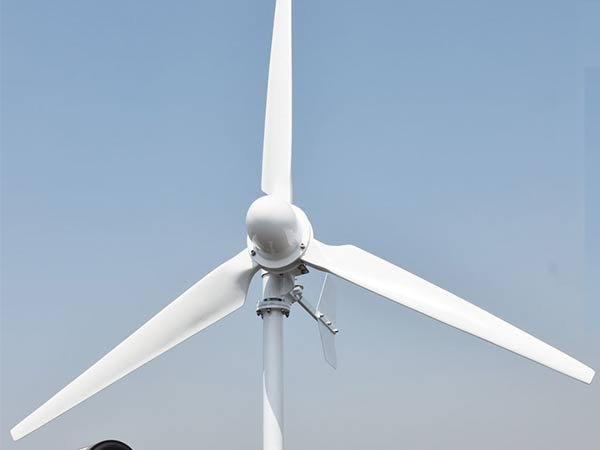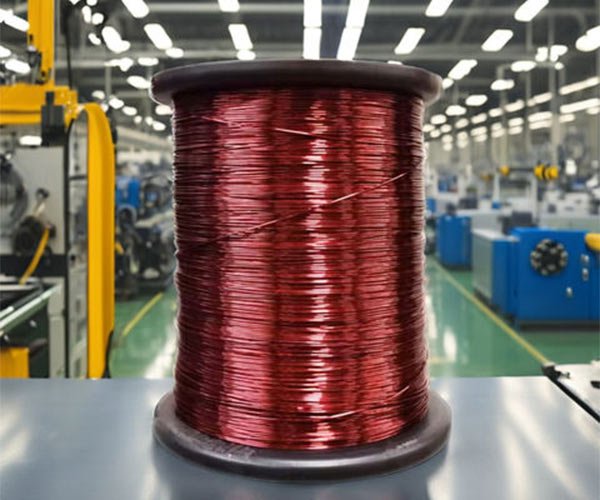When it comes to electrical components and manufacturing, few materials are as important as enameled wire. This versatile wire plays a crucial role in many industries, from motors and transformers to consumer electronics. In this blog post, we’ll dive into what enameled wire is, its uses, and why it’s an essential component in modern technology.
What Is Enameled Wire?
Enameled wire, also known as magnet wire, is a copper or aluminum wire coated with a thin layer of insulation. Unlike traditional wires that are often covered with rubber or plastic, the insulation on enameled wire is a thin, enamel-like coating that provides electrical insulation without adding bulk. This allows the wire to be wound tightly into coils and used in applications where space is limited, such as electric motors, transformers, and inductors.
The enamel coating is typically made of materials like polyurethane, polyester, or polyimide, which provide excellent dielectric properties, high resistance to heat, and a robust level of insulation.
Key Characteristics of Enameled Wire
Thin Insulation: One of the standout features of enameled wire is the thin yet highly effective insulation layer. This thin coating ensures that the wire can be tightly wound into small spaces without compromising its electrical performance.
High Conductivity: Since the core of enameled wire is usually copper or aluminum, it maintains excellent electrical conductivity, making it ideal for applications where efficient energy transfer is crucial.
Heat Resistance: Many types of enameled wire are designed to withstand high temperatures, making them suitable for use in motors and transformers that generate a significant amount of heat.
Durability: The enamel coating provides a strong barrier against physical damage, moisture, and chemicals, ensuring the wire remains functional in harsh environments.
Common Uses of Enameled Wire
Enameled wire is used in a wide variety of industries due to its unique combination of conductivity, insulation, and compact size. Here are some of its most common applications:
Electric Motors and Generators: One of the primary uses of enameled wire is in the construction of electric motors and generators. The wire is wound into coils that create magnetic fields when an electric current passes through them. These coils are then used to generate rotational motion or electricity.
Transformers: In transformers, enameled wire is wound around cores to step up or step down voltage levels. The thin insulation ensures that the wire can be wound into tight coils, making it ideal for use in transformers where space is at a premium.
Inductors: Inductors, which are passive electronic components that store energy in a magnetic field, also rely on enameled wire for their windings. The wire’s ability to hold up under high-frequency currents makes it perfect for these components.
Electromagnets: In electromagnets, enameled wire is coiled around a magnetic core to generate a controlled magnetic field when current flows through it. The insulation ensures that each coil is electrically separated, preventing shorts.
Consumer Electronics: Enameled wire is used in a wide range of consumer electronics, including speakers, headphones, and compact motors in devices like fans or printers.
Advantages of Using Enameled Wire
Space Efficiency: Thanks to its thin insulation layer, enameled wire can be wound tightly into small spaces without sacrificing performance. This is especially important in applications where size is a concern, such as in miniature electronic devices.
Improved Performance: The thin insulation minimizes the loss of energy and ensures high efficiency in electrical applications. This makes enameled wire a preferred choice for applications that require high-performance components.
Cost-Effective: Enameled wire is often more affordable than other types of insulated wire, making it a cost-effective solution for many industries.
Versatility: With different types of insulation coatings available, enameled wire can be customized to suit a variety of environmental and performance needs, including resistance to extreme temperatures, chemicals, and wear.
Choosing the Right Enameled Wire
When selecting enameled wire for a particular application, there are a few factors to consider:
Wire Gauge: The thickness or gauge of the wire will affect its electrical resistance and current-carrying capacity. Choose a gauge that matches the requirements of your application.
Insulation Type: Different insulation types offer varying levels of heat resistance and durability. Ensure the coating matches the operating conditions of your application (e.g., temperature tolerance, resistance to chemicals, etc.).
Coil Configuration: The way the wire is wound into coils can affect the performance of the final product. The spacing, number of turns, and wire tension are all critical factors when designing components like motors and transformers.
Conclusion
Enameled wire is a crucial component in a wide variety of electrical applications, from motors and transformers to consumer electronics. Its unique combination of thin insulation, high conductivity, and heat resistance make it ideal for use in compact, high-performance devices. Whether you’re designing a new product or working on repairs, choosing the right enameled wire can ensure efficiency, durability, and reliability.
If you’re looking for high-quality enameled wire for your projects, consider working with a trusted manufacturer who can provide customized solutions tailored to your specific needs.
Need a customized coil?
Email us for a quick contact



